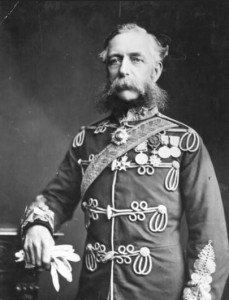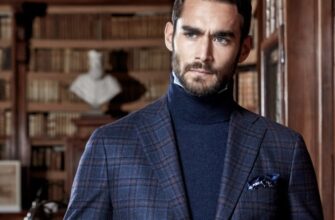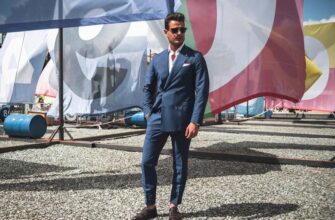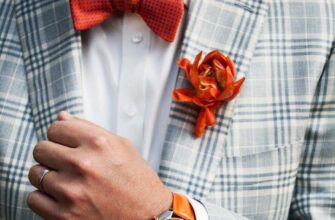You are walking in the park in early autumn. A cool breeze is blowing, but you are warm. You are protected by soft knitwear – cardigan. Made of camel and sheep wool, cotton, viscose and even silk, with fur and pockets, with and without a belt, from soft natural tones to bright and flashy … Cardigans are different, but there is one important difference: the classic cardigan has a V-neck without collar and made of natural wool. The size of the knitting of such a product can be both large and small.
But when did the history of the cardigan begin? In our country, this wardrobe item has become popular relatively recently, and is just beginning to become a standard set in the closet of a stylish man. However, the history of the cardigan began a long time ago, and we will trace the stages of development of this warm and so necessary from the harsh cold knitwear.
 James Cardigan (1797 – 1868)
James Cardigan (1797 – 1868)
The history of the V-neck sweater dates back to the 9th century. Something similar to a cardigan was worn by fishermen of the northern seas, because they had to work in gusts of icy wind. After 8 centuries, the prototype of the cardigan became the clothing of commoners. But it got its name only in the middle of the 18th century during the Crimean War, namely in 1854, on behalf of General James Cardigan, who outfitted his soldiers for warfare in a cold climate (even on the southern coast of Russia, winter seemed harsh to the British) . James Cardigan was considered a real dandy among the European elite, so the nobility gladly accepted the novelty into their wardrobe.
In 1918, the leading figure of fashion, Coco Chanel, created the first women's suit, consisting of a straight skirt and a short cardigan with patch pockets and contrasting piping around the edges (this became one of the characteristic details of the jacket of the Chanel fashion house). The female part of the European population was delighted. Later, this novelty did not leave the wardrobe of fashionistas for many decades, up to the present day. The cardigan became especially fashionable in the 50s. But men at that time rarely wore it.
Look at clippings from magazines and newspapers in America at the beginning of the 20th century, they show that the cardigan has changed very little over the past 100.
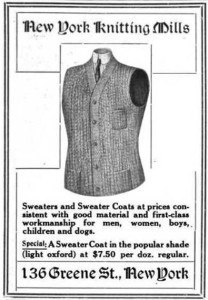
1907. New York Knitting Mills
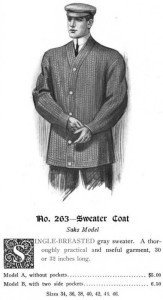
1908. Saks. Targeted at the automobile market
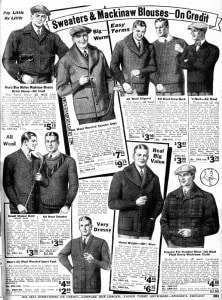
1930 – Spiegel Catalog

1910. The Auto-Coat
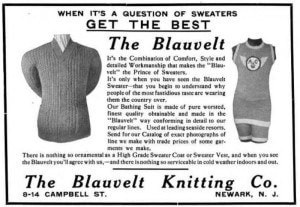
1908. Blauvelt
Currently, this wardrobe item is popular among both women and men. It is worn always, everywhere and for any reason, as there are many varieties of things. A classic cardigan, in addition to the main features, should be fitted and have button fasteners. There is no length limit. The colors are mostly natural: beige, gray, mustard, white, brown, black, sometimes dark blue. The casual cardigan is simple and matches almost any outfit. There is a variety of cardigans in a sporty style. They differ in the presence of a hood, lacing and other characteristic details.
This relative of the sweater is also allowed by the office dress code. Also, like a jumper, a cardigan can be worn with dress pants or a classic suit. Office workers can wear a cardigan over a light-colored shirt, with or without a tie. It is important that the sleeves of the shirt are visible no more than 1-2 cm, and the corners of the collar are hidden.
You've probably heard that there should be at least ten 'must have' items in your wardrobe. The cardigan is undoubtedly one of them. It is chosen for the opportunity to wear it at any time of the day or night, in each of the four seasons and for a wide variety of events. This wardrobe item will give you comfort, warmth and aesthetic pleasure.

